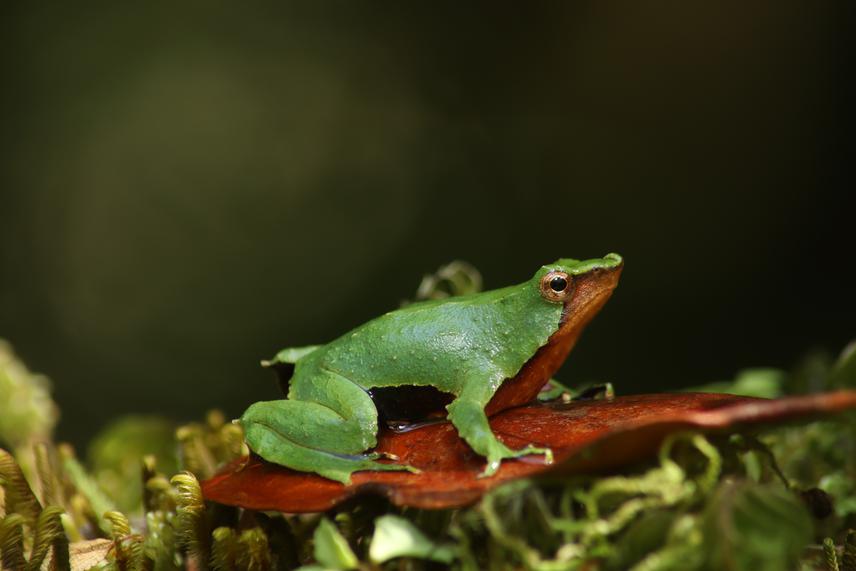Andrés Cristian Valenzuela Sánchez
Other projects
5 Sep 2014
Is Chytridiomicosis a Threat to the Mouth-Brooding Darwin’s Frog (Rhinoderma darwinii)? : A Disease Risk Assessment.
20 Jan 2016
Chytridiomycosis in the Endangered Darwin's Frogs: Developing Models for their Conservation
25 Sep 2018
Leaping Into Action: Research and Mitigation against Chytridiomycosis in the Darwin's Frog
We will use the Southern Darwin’s frog and Barrio’s frog as flagship species in a project that integrates research and conservation actions implemented in collaboration with private landowners.
The Darwin’s frogs and Barrio’s frog are the only known members of the Rhinodermatidae family, an old group (60 Mya) of neotropical frogs considered to be the oldest know hyloids, a species rich clade encompassing 54% of extant world’s anuran species. These species are highly peculiar. For instance, Darwin’s frogs are the only known amphibians where males brood the developing tadpoles within their vocal sacs. Barrio’s frog is among the top 100 most evolutionarily distinct amphibian species and ranked 10 in the EDGE ranking of amphibians (a framework that identifies the world’s most evolutionarily distinct and globally endangered species).

A Darwin’s frog male from Neltume, Southern Chile. © ONG Ranita de Darwin
Unfortunately, these species are also highly threatened. The Northern Darwin’s frog was last seen in 1981 and today is categorized as Critically Endangered (Possible Extinct). Additionally, both the southern Darwin’s frog and Barrio’s frog are categorized as Endangered by both, the IUCN Red List and the Chilean law. The main threat to Darwin’s frog and Barrio’s frog, as well for sympatric forest amphibians, is the loss and degradation of the Austral temperate forest. Amphibian chytridiomycosis is also an important threat to these species, incriminated in the enigmatic disappearance of the northern Darwin’s frog and the decline and extinction of several southern Darwin’s frog populations.
Our long-term goal is to secure the conservation of the Austral temperate forest of Chile and its amphibians, strengthening the well-being of local people who are connected to this important ecosystem. In this project, we will work at multiple sites across this ecosystem, specifically across La Araucanía and Aysén regions in southern Chile. Specifically, we will:
1) evaluate the effectiveness of a disease mitigation action in Darwin’s frog populations.
2) monitor 30 land conservation agreements signed during 2021-2022, which together are protecting ~16,000 ha, mostly native forests suitable for Darwin’s frogs and Barrio’s frogs;
3) provide management guidelines to assist landowners and other stakeholders; and
4) continue our nationwide social media campaign to increase awareness and knowledge about Chilean amphibians and their habitats.